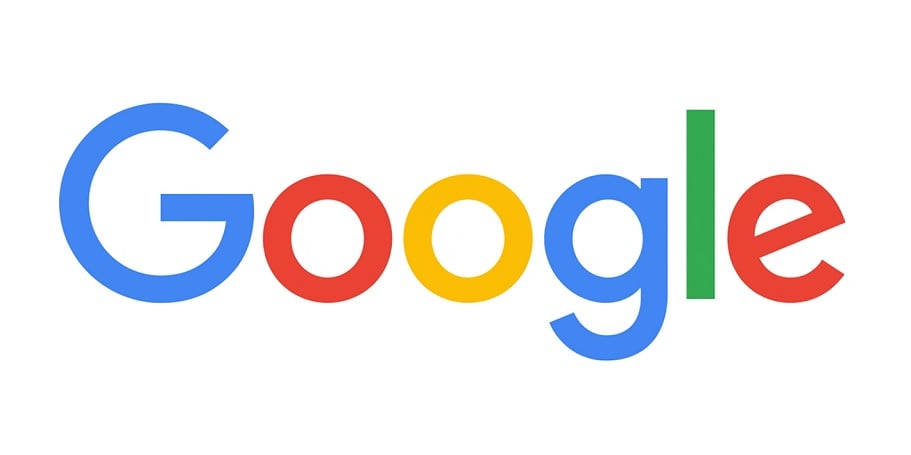Google build PDF Technology through Foxit’s PDF SDK
Foxit arms Google with robust and lasting PDF technology for their suite of products.
Since this post was published, we have released Foxit PDF SDK, the only true multi-platform SDK in the market, available for Windows, Mac, Linux, iOS, Android, UWP and Web. It features a single, consistent core API, as well as a built-in viewer and UI for faster development. Learn more.
With powerful online resources that require the need for PDF rendering it was no surprise in 2013 that Google approached Foxit with the aim to incorporate our software into many of their products. Starting with Google Drive, Foxit partnered with Google to ensure that their drive products, i.e. Documents, Spreadsheets, Presentations, etc. could be converted into PDFs, as well as rendered as PDFs on an individual’s drive platform.
The team then moved onto Google’s email platform Gmail where they envisaged recipients of attachment being able to view documents as PDFs without having to download files. This was a huge success and gave way for the work that Foxit did with the Google Chromium team to roll out PDF technology across Google’s internet browser, Chrome.
“Working with Google’s global dev team showed us that our SDK products are perfect for use across the range of start-ups to multi-nationals. We put an incredible amount of time, energy and effort building our SDKs and we’re delighted to see the results.” Karl De Abrew, President of Foxit PDF SDK BU
The Highest Quality PDF Engine in the world
Using the backbone technology behind our esteemed PDF SDK, Foxit worked alongside Google’s Chromium team to create a product that is used by hundreds of millions of users a year. According to IT Portal, Peter Kastings, Chromium Senior Software Developer, describes Foxit’s PDF Engine as “the highest-quality available in the world”, which is okay with us.
Key features and functionality
In order for the PDF project to be a success, certain features and functionality were required by Google so that their developers could easily create basic applications that had the most important aspects of PDF technology readily available. Foxit, pulling from the wealth of knowledge within their products, provided features including:
- Text reflow,
- Font substitution,
- Pinch to zoom,
- Rotation,
- White-on-black view,
- Form filling,
- PDF flattening, as well as others
These allowed Google’s developers to openly create PDF-viewing solutions that were adaptable and scalable to their app or product’s needs. Providing ongoing support, Foxit ensured that the team of developers could create something that was transferable across their suite of products.
Where the future lies
Google has used Foxit’s PDF technology in many of its desktop products for many years now, but the real test of time is mobile devices. As Google has rolled Google Drive, Gmail and Chrome out to mobile and tablet devices so has Foxit’s software integrated to render PDFs on these platforms also. Last year we introduced our PDF SDK for Android (as well as iOS and UWP) demonstrating how we aim to continue improving our technology as giants like Google extend their reach. Our ability to scale alongside one of the most fast growing companies in the world shows our commitment to both our clients and our technology and we aim to continue this way.
